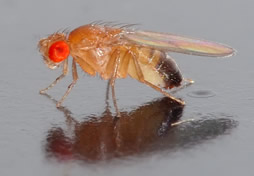Research
|
|
|
The cellular immune response against parasitic wasps
Innate immunity is often divided into two main components, the humoral response
and
the cellular response. The Drosophila humoral response has been intensely
studied
for its role in combating bacterial and fungal infections, but the genes
underlying the
cellular innate immune response of Drosophila (or of any other
organism) are less
characterized. Parasitic wasps are natural parasites of
Drosophila that induce a
complex cellular immune response termed melanotic
encapsulation, similar to
granuloma formation in vertebrates. A main focus of our
lab is to identify candidate fly
cellular immunity genes using transcriptomic and
genetic screening approaches, and
then to functionally characterize those
candidate genes at the molecular level (e.g. Mortimer et al. 2012).
|
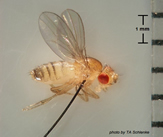 |
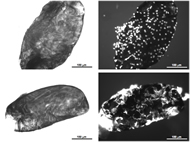 |
Parasitic wasp infection strategies
Like many other arthropods, Drosophila are infected by a diversity of parasitic
wasps (e.g. Lue et al. 2021). Fieldwork and laboratory studies undertaken by our
lab have resulted in the
collection and lab rearing of ~18 wasp species that attack
Drosophila in nature, and
inrobust protocols for extracting and manipulating the
venom (virulence) proteins
that wasps use to suppress fly immunity. Our goal is to
identify and functionally
characterize wasp venom proteins to understand the
infection strategies that
parasites utilize to overcome host celluar immune
mechanisms (e.g. Goecks et al. 2013, Mortimer et al. 2013). Click here for one of
our wasp attack videos.
|
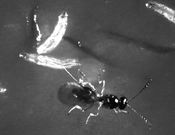 |
 |
Coevolution of host immune and parasite virulence mechanisms
We are interested in long-term patterns of immune system and virulence protein
evolution. For example, in previous work, we showed that it is Drosophila anti-
bacterial immune signaling proteins, not recognition or attack proteins, that rapidly
evolve (e.g. Schlenke and Begun 2003). These data identified “weak links” in the
Drosophila immune system that parasites tend to exploit, and suggested that the
most common microbial infection strategies involve active suppression of host
immunity rather than passive evasion. Which fly immune proteins and wasp
virulence proteins mediate the evolutionary arms race between these particular
hosts and parasites (e.g. Keebaugh and Schlenke 2012)?
|
 |
 |
Fly behavioral defense responses
Our lab has identified multiple behavioral defenses that flies use to prevent wasp
infection or to cure themselves once infected, and we've started to characterize
the neurogenetic bases for these behaviors. For example, infected fly larvae
therapeutically
medicate themselves by consuming plant and fungal secondary
metabolites
they are resistant to (e.g. Milan et al. 2012). Adult flies also
prophylactically
medicate their offspring by preferentially laying eggs in substrates
with secondary
metabolites when they sense wasp presence in their environments
(e.g. Kacsoh et al. 2013). And adult flies decrease egg production in the presence
of wasps,
perhaps because the eggs they produce are better-provisioned for
mounting
anti-wasp immune responses later in life (e.g. Lefevre et al. 2012).
|
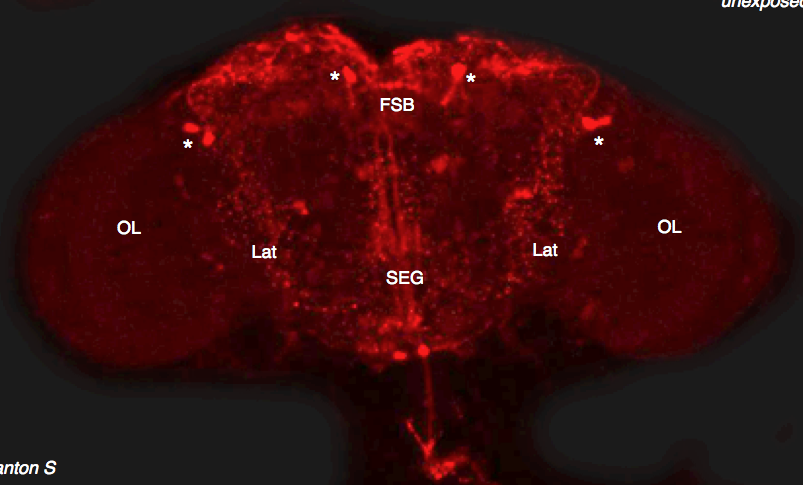 |
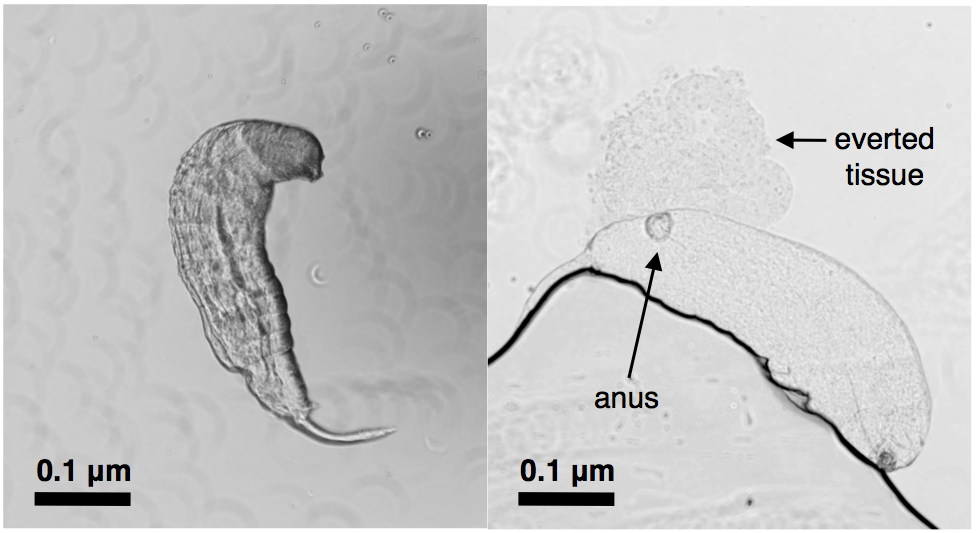 |
Evolutionary ecology of host-parasite interactions
The fruit fly-wasp interaction can be exploited to answer general questions about
the evolution and ecology of host-parasite interactions. For example, we are using
this system to determine (1) whether different kinds of host immune mechanisms
(cellular, behavioral...) tend to tradeoff with one another over evolutionary time
(e.g. Lynch et al. 2016), (2) how within-host competition favors different types of
parasite life histories, and (3) whether generalist parasites tend to be more immune
suppressive and less immune evasive than specialist
parasites (e.g. Schlenke et al.
2007). |
 |
 |
